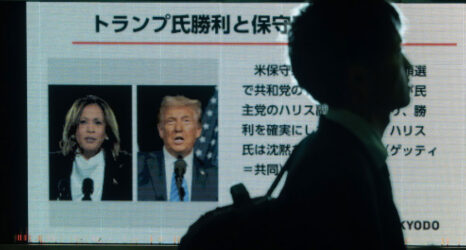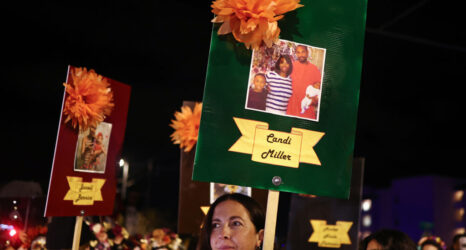While movements like “Stop Asian Hate” can galvanize much-needed attention to the racialized violence Asian American communities face, we must recognize the ways that this victimhood is often twinned in the U.S. imagination with Black criminality, while seemingly always sidelining women.
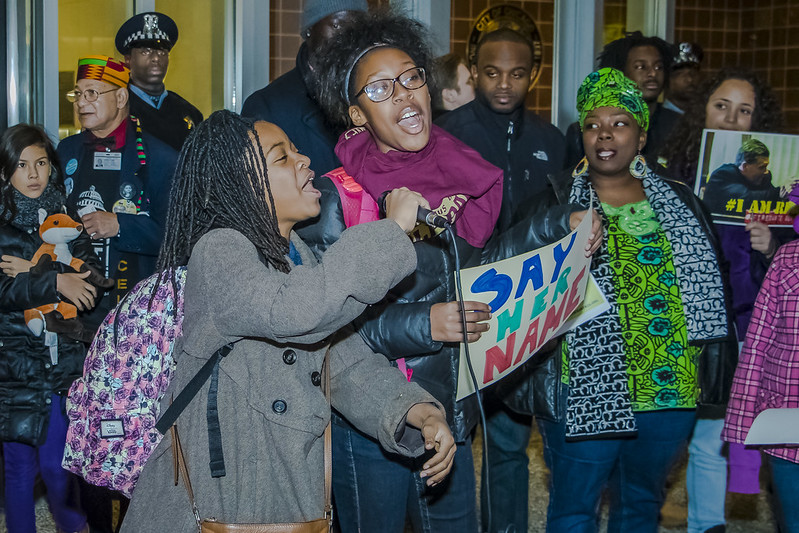
What do Ma’Khia Bryant, Breonna Taylor, Daoyou Feng, Jiangqing Jessica Klyzek, Merlita Gargullo and Valentina Pasion have in common?
They are members of racialized groups subjected to state-sanctioned misogynistic violence. Yet, like many other women of color who were killed in the U.S., they have been rendered invisible in public responses to such violence. For decades now, violence against men of color—Yusef Hawkins, Vincent Chin, Abner Louima, Rodney King and George Floyd—has been the template for understanding who is subjected to racist violence and how to respond to this issue.
It is essential to include women of color, including both Black and Asian American women, when we think about racist violence in America. Despite necessary correctives like the #SayHerName campaign, gendered violence is often treated as exceptional rather than as an organizing feature of maintaining U.S. racial hierarchy. This is precisely why the debate about critical race theory is so important: It teaches us about the urgency of interrogating systems of oppression rooted in white supremacy and seeing their impact on women of color.
The Constructs of Black Criminality and the Model Minority
From the plantation slavery era in the U.S., African Americans have been treated as a threat to the prevailing social order. Even after emancipation, African Americans were constrained in their freedom to move, think, congregate, work, create families of choice, and express a self that was not contained by white supremacy. This happened through Black codes, Jim Crow laws and discriminatory practices in housing, employment, education, healthcare, political participation and legal representation.
Mainstream media has also created and refined racist representations of African Americans as lazy, dishonest and destructive, presenting them as archetypes using simplistic binaries to explain and justify violence. Importantly, these representations are gendered as well.
Mirroring the ubiquitous Black male rapist stereotype is the sexually promiscuous and aggressive Black woman archetypically represented by the figures of the “jezebel” and “sapphire.” These representations were evidenced in the 15th century and carried through to 20th century representations of the “welfare queen.” Black mothers are represented as toxic to real estate values, test scores, beauty standards and respectability, always prone to dispense violence, including against their own children.
In the wake of the 1960s civil rights unrest, the U.S. pathologized Black communities on the basis of such stereotypes, declaring Black mothers undeserving of support from the welfare state. These gendered constructions of Black criminality make it easier to represent Black women as deserving victims of violence, where violence is the necessary corrective to their stepping out of place.
Similarly, violence against Asian and Asian American women began as early as the Page Act of 1875 with the racist and sexualized profiling of Chinese women perceived to be a threat to the moral fabric of U.S. society. These representations crystallized on screen with the fetishization of Asian women as exotic “lotus blossoms” to be consumed, or “dragon ladies” to be feared and contained. Such Manichean representations lend themselves to violence and even state-sanctioned death, evidenced both in U.S. military “camptowns” in Asia, as in the case of Jennifer Laude in 2014, or as victims of police brutality in urban cities in the U.S., as in the case of Jinqing “Jessica” Klyzek in 2013.
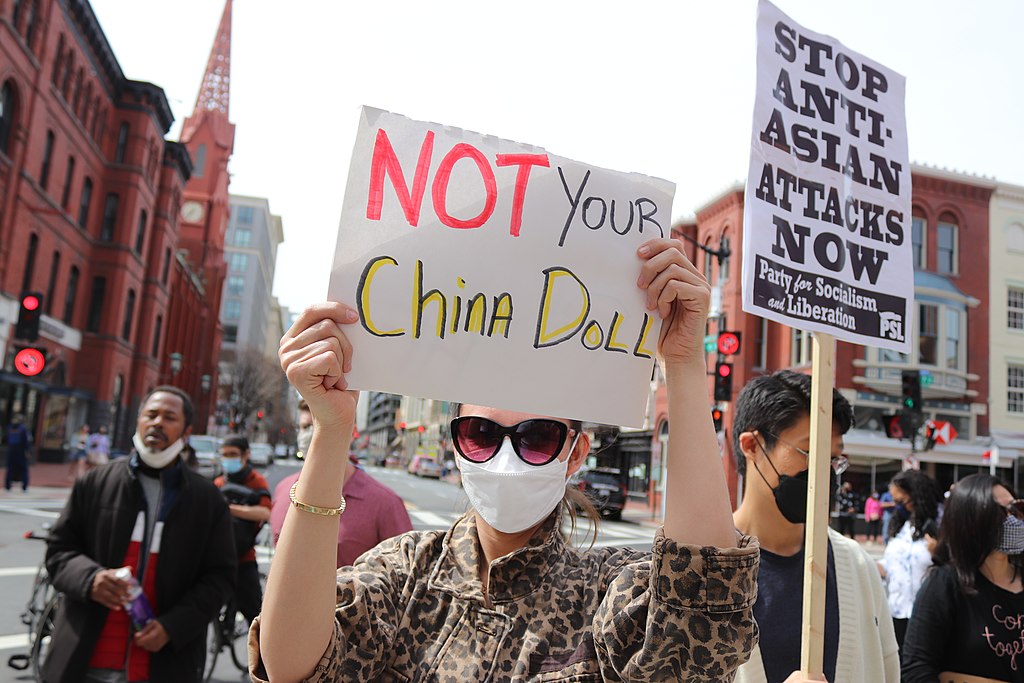
With the mythical model minority construct, Asian and Asian American women experience a different kind of symbolic violence—represented as model workers, on the one hand, and exploitable subjects on the other. We see this in the preference for Asian women in low-wage or care work industries because they are perceived to be self-sacrificing, quiet, docile or willing to work long hours; this very perception resulting in their labor exploitation.
In the much publicized Speck Massacre of 1966 in Chicago, two Filipina nurse survivors, Merlita Gargullo and Valentina Pasion, get memorialized as “good … and hard-working girls,” while their exploitation under the U.S. Exchange Visitors Program that was created to fill America’s nursing labor shortage is rendered invisible, as Catherine Ceniza Choy states.
Pitting Communities of Color Against Each Other
Racist violence also operates by pitting communities of color against one another, occluding violence against women of color, even as it invisibilizes how groups are racialized differently. The racial construct of the “model minority” has long served as a racial wedge and counter to narratives of “Black criminality.” During the 1992 Los Angeles uprising two examples of Black criminality figured in media explanations of why the uprisings happened: the killing of 15-year old Latasha Harlin by Soon Ja Du, a convenience store owner, and police violence against Rodney King.
The violence against both was explained by appealing to notions of Black criminality, blaming them for the violence they experienced. In Latasha’s case, the Korean American woman was presented as the victim who was defending her property. The media representation of this story ignored the negative effects of deindustrialization and disinvestment in predominantly Black and Brown low-income communities across the U.S., while shoring up presumptions about Black criminality and Asian American victimhood.
When harm is done to Black women—whether in the form of police and state violence as in the case of Breonna Taylor, or through the layered histories of mistreatment that cost the lives of Black girls like Ma’Khia Bryant and Latasha Harlin—the twinned responses of blame (“what did she do to deserve this?”) and acceptance (“that’s just what happens in Black communities”) remain the default responses.
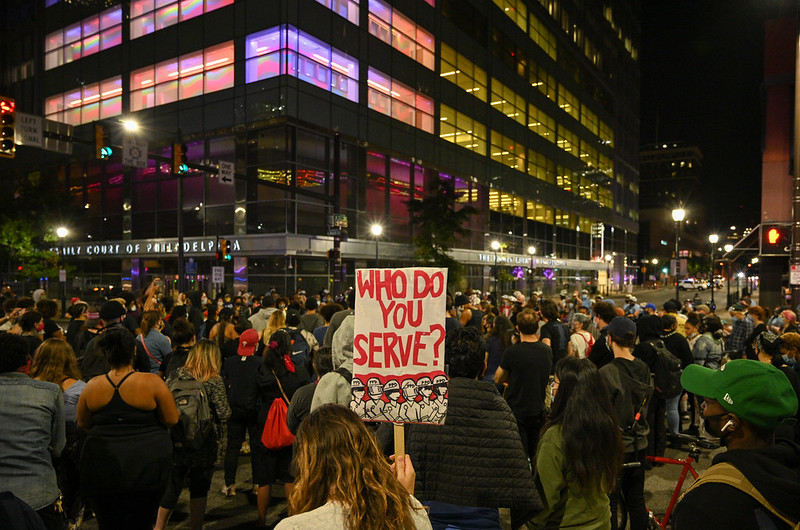
Something different happens when Asian American women face violence. The Stop AAPI collective recently presented evidence of 3,795 incidents of hate, with women reporting such incidents 2.3 times more than men. The public registered surprise when these statistics were circulated, largely on account of the stereotypes about Asian American women’s ‘passivity’ and victimhood—“not having done anything to deserve violence”—as if any group ever deserves violence.
Such discourses actually feed—rather than discourage—violence against Asian American women. While movements like “Stop Asian Hate” can galvanize much-needed attention to the racialized violence Asian American communities face, we must recognize the ways that this victimhood is often twinned in the U.S. imaginary with Black criminality, while seemingly always sidelining women.
Re-centering Women and Engaging Afro-Asian Solidarity
Re-centering women in our analyses expands the terrain of violence to include sexual, reproductive and economic violence as important sites of analysis. It helps us see how racialized violence is often predicated on gendered understandings, as feminist scholars such as Andrea Ritchie, Mariame Kaba and others have shown. This nuanced analysis amplifies the “insurgent thinking” advanced by critical race theory (CRT), which ensures we see the violence produced by white supremacy and provides a lens for analyzing the impact on communities of color.
Following the pandemic and the country’s proclamation of the value of ‘essential workers,’ this lens allows us to see the intertwined effects on Black and Asian women careworkers in Chicago; both are providing this labor in an exploitative system that rhetorically espouses an ethic of care but ultimately renders their lives disposable. Similarly attentive to how the COVID-19 pandemic has produced as well as visibilized violence against Asian women and Black women are activist collectives like the Black Women Radicals and the Asian American Feminist Collective, as well as youth-led efforts like the Linda Lindas that are leading the way in forging Afro-Asian and feminist solidarity.
In these polarized times, the work of expanding our analytic horizons is all the more urgent; it calls for engaging not only with Afro-Asian solidarities that counter anti-Asian and anti-Black racism, but also intersectional and feminist analyses that include the voices of women of color. If we accept that no individual or group deserves to be mistreated, marginalized or scapegoated for problems that were not of their making, then we are one step closer to supporting each other’s struggles.
Up next:




